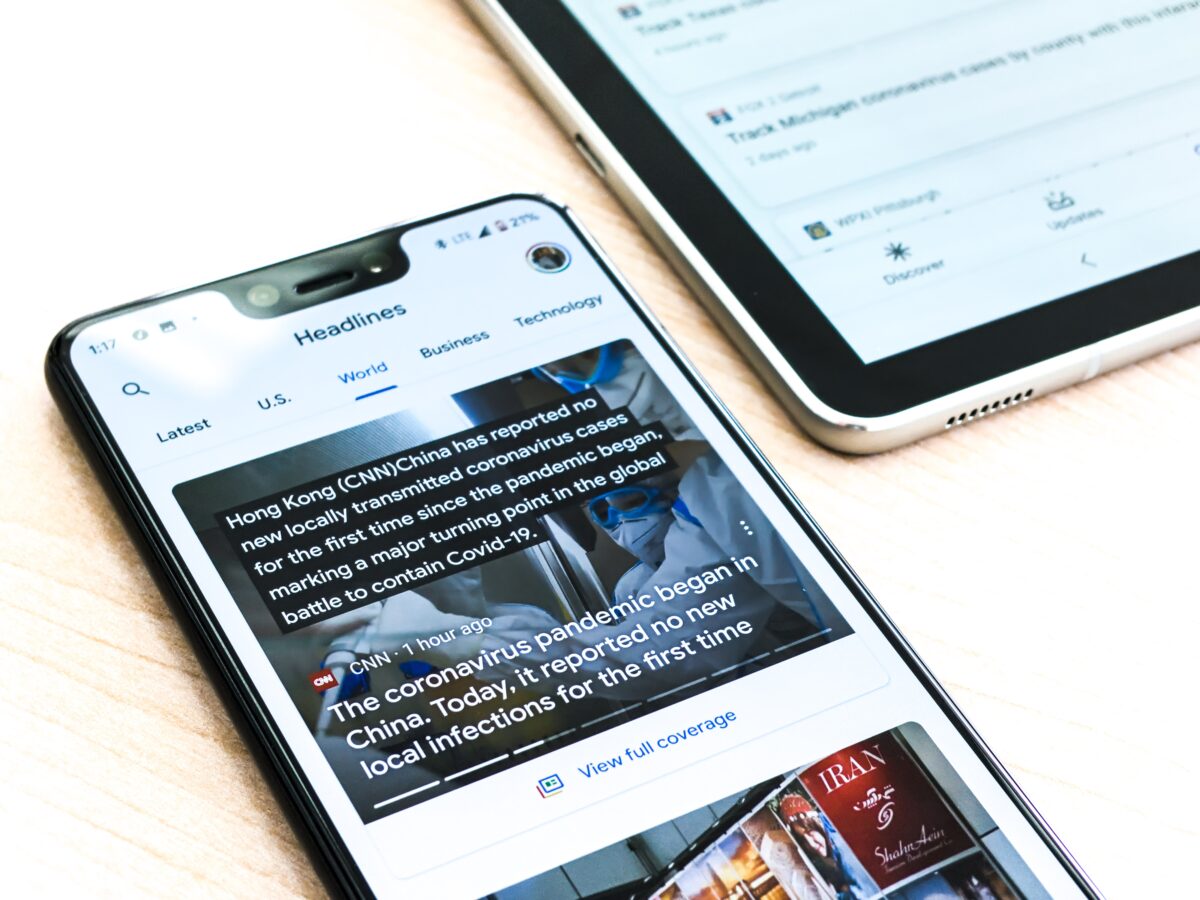

As I considered what I wanted to write about this month, I read through the feedback cards from the leaders in a recent program I’ve been doing for an organization in Mississippi. What’s cool about this organization is that they really connect the dots between leadership development, employee engagement, customer engagement, and ultimately, the bottom line. Not to brag, but I’m happy to say that we received consistently positive, glowing feedback. Okay, I guess that was a bit braggy, I digress. The comments that I received over and over from this and from many of my programs, is that I helped leaders to see what they may not have seen or struggled to see about themselves, and this will help them to be better leaders.
As I was walking through the airport recently I saw a service dog walking with a gentleman who was blind. As I walked along, lost in my own thoughts, I realized that we are all a bit blind in one way or another.
Before you can lead others, you must be able to lead yourself. So self-awareness, or intra-personal info is necessary before you can build inter-personal relationships. We always work on self-awareness first in my coaching and leadership development programs, and we do this by having everyone complete a self-assessment. Heck, this is our starting point regardless of what kind of program I’m facilitating, and regardless of the participants’ roles within the organization.
And we don’t stop there. We pay it forward. We give the gift of this self-awareness to team members, so that everyone in the organization is speaking the same language.
But, back to my guide dog analogy. As a leader, your job most often involves serving as a coach for your team members. Your role is to help them to see what they can’t see about themselves. You guide them around potholes and missteps, and help them to learn from every experience.
If you would like reveal the blind spots in your leadership and your team members and give the gift of self-awareness this Christmas, here are a few quick tips:
Understand that every team member has a preferred way of doing things and accept that your preferred way isn’t the only way. Have everyone on your team take a self-assessment. But for the love of all that is holy, don’t stop there. Get some good coaching to help everyone interpret and understand their results. Just handing someone a report and expecting them to read and interpret it on their own is a complete waste of time and money (or as my Mama would say, “That and a dollar will get you on the St. Charles streetcar!”).
Ask open-ended questions. Influential leaders don’t necessarily have all of the answers, but they do ask great questions.
Use stories, analogies, and examples to give context to what you want your team members to really get. Remember, people would rather use Tabasco for eye drops than listen to someone lecture! Tony Robbins says it a little differently: “Information that is not attached to emotion is not retained.” Stories evoke emotions. Use em’.
To be a good coach, you need to have a good coach. Hire one. I did. Professional athletes do. It’s pretty hard to see the label when you’re inside the wine bottle… er, or as my coaching client said recently, “ I don’t know what I don’t know, Jen. That’s why I need you to help guide me along this leadership path.” A good coach helps you to not only see your own blind spots, but to identify and leverage your strengths.
Invest in team and leadership development. Notice I said invest. You should be able to expect ROI, such as improved communication, amped up employee engagement, enhanced customer service, and ultimately, a beefed-up bottom line. And don’t forget to measure the results.
As a coach, your role isn’t so much to teach people WHAT to think, but rather to teach them HOW to think – for themselves. It’s a fine distinction, but you don’t want to create order takers who need to be spoon fed and told what to do. By asking for their ideas, opinions, and suggestions, you’ll help them to think in terms of solutions and options.
Be a lifelong learner. You can’t give to others what you haven’t first learned. ‘Nuff said.
In my experience, most people need a guide on the side, a coach to help them along the way, because we’re all a bit blind in one way or another. What a way to spread your love and appreciation to your team members! Just remember that this is an ongoing process, a journey, and it’s the gift that keeps on giving.
Jennifer Ledet, CSP, is a leadership consultant and professional speaker (with a hint of Cajun flavor) who equips leaders from the boardroom to the mailroom to improve employee engagement, teamwork, and communication. In her customized programs, leadership retreats, keynote presentations, and breakout sessions, she cuts through the BS and talks through the tough stuff to solve your people problems.
To receive solutions to your people problems in your inbox every month, and to receive our report: “7 of Your Biggest People Problems…Solved,” click here.
You might also like:
Leadership Team Accelerated Results Program
Stay Home From Your Next Leadership Conference


